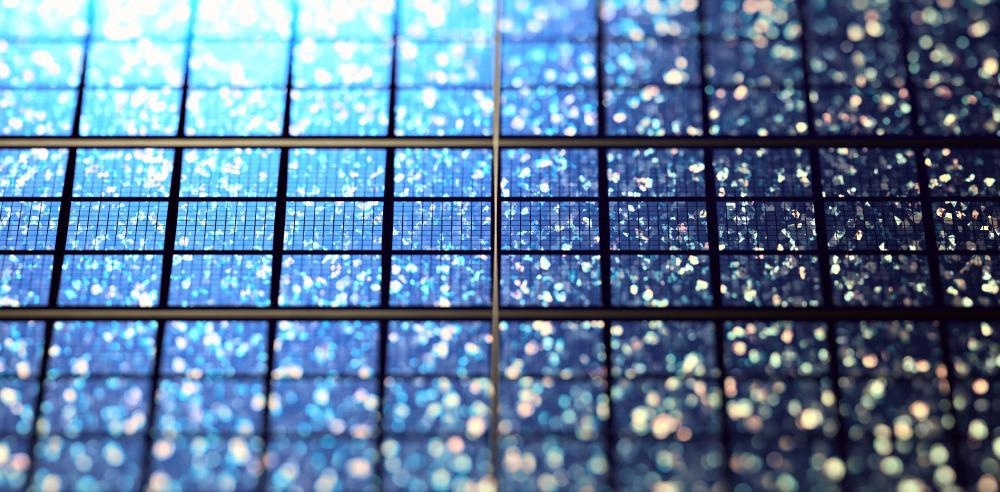 By Surbhi JainApr 25 2022Reviewed by Susha Cheriyedath, M.Sc.
By Surbhi JainApr 25 2022Reviewed by Susha Cheriyedath, M.Sc.In an article recently published in the journal Dyes and Pigments, researchers discussed the utility of photonic crystals (PC) to prepare carbon fiber substrates with structural hues.

Study: Preparation of carbon fiber substrates with structural colors based on photonic crystals. Image Credit: plotplot/Shutterstock.com
Background
Carbon fiber (CF) is widely employed in a variety of fields, including aerospace, vehicles, military, sports, infrastructure, and textiles, due to its superior chemical and physical qualities. The graphene-like CF structure, on the other hand, renders its surface chemically inert, which results in weak binding interactions between CF and dye molecules, making CF difficult to stain using traditional coloring technologies.
It is critical to establish a simple, practical, and high-quality approach for achieving CF coloring. In recent years, structural coloring has received a lot of interest as an environmentally friendly coloring technology. Grating diffraction, thin-film interference, and PCs are commonly used to generate structural colors. In today's world, PCs with structural colors offer a fresh perspective on CF color. Finding high-efficiency technology for fabricating large-scale PCs on CF will be a good method to promote CF structural coloring.
About the Study
In this study, the authors discussed the structural coloring of CF substrates by rapidly building PCs with structural colors which were inspired by natural structural colors. PCs were constructed using poly (styrene-methacrylic acid) (P(St-MAA) colloidal microspheres generated by soap-free emulsion polymerization. The effect of colloidal microsphere mass fraction and substrate density on the structural colors of CF textiles was examined.
The researchers employed the spraying approach on CF boards to generate structural color patterns. Furthermore, the prepared CF boards with structural colors were encased with polydimethylsiloxane (PDMS) to improve the longevity of the structural colors. To produce the structural coloring of CF substrates, PCs made of monodispersed P(St-MAA) colloidal microspheres were quickly created using a spraying approach. The mass fraction of the pre-assembly solution used to build PCs on CF textiles was studied and calibrated at 10wt.%. The influence of CF fabric density on structural color effect was investigated,
The team built the PCs having bright structural colors on CF substrates using a spraying method, which provided a novel idea for the quick preparation of CF substrates with large-area structural colors. P(St-MAA) colloidal microspheres having four different particle sizes (235 nm, 213 nm, 307 nm, and 255 nm) were prepared using a soap-free emulsion polymerization method. A spray gun was used to spray these microspheres on the CF substrates to swiftly create PCs on CF substrates. For structural colors, the mass fraction of colloidal P(St-MAA) microspheres solution and the density of CF textiles were investigated. Furthermore, PDMS was used to enclose the colored CF substrates in order to create a PDMS/PC-based CF composite material, and the mechanical qualities were assessed using a rubbing and rinsing test.
Observations
The results demonstrated that P(StMAA) colloidal microspheres with particle sizes of 235 nm, 213 nm, 307 nm, and 255 nm could present PCs structural colors according to the Bragg diffraction law. On the CF textiles with increased density, stronger structural colors could be achieved when the mass fraction of colloidal microspheres was 10%. The patterns on the CF boards had bright and vivid structural colors. Furthermore, after rubbing and rinsing tests, the colored CF boards encased with PDMS maintained their vibrant structural colors.
More from AZoM: A Current View of Scanning Electron Microscopy in Forensics
The hue of the structural colors shifted from -15° to 45°, with a minor blue change from 75° to 110°. Under a 45° light source, the highest reflectance peak of reflectivity changed slightly to the short-wave direction as the viewing angle increased from -15° to 45°. When the angle increased from 75° to 110°, the maximum reflectance peak of reflectivity traveled slightly to the long-wave direction. The visible hue progressively turned to blue as the viewing angle increased from 0° to 90°. The resultant structural colors on the CF textiles rapidly brightened and turned brilliant as the mass fraction of the preassembly solution increased from 6wt.% to 10wt.%.
Conclusions
In conclusion, this study elucidated novel ways for ecological coloring of CF substrates and stimulated the creation of CF goods with a diverse range of styles. It was discovered that the denser the CF fabric density, the brighter the structural colors. The results revealed that the PCs built on CF boards were regular and capable of displaying bright structural colors with a noticeable iridescent effect.
The authors emphasized that the ideal mix of spraying technology, CF substrates, and structural coloring will undoubtedly satisfy people's diverse CF fashion expectations and encourage the industrial production of colorful CF materials. They also believe that new techniques for ecological coloring of CF substrates will be developed as a result of this study.
Source
Liu, H., Zhang, Y., Jin, M., et al. Preparation of carbon fiber substrates with structural colors based on photonic crystals. Dyes and Pigments 110338 (2022). https://www.sciencedirect.com/science/article/abs/pii/S0143720822002601
Disclaimer: The views expressed here are those of the author expressed in their private capacity and do not necessarily represent the views of AZoM.com Limited T/A AZoNetwork the owner and operator of this website. This disclaimer forms part of the Terms and conditions of use of this website.